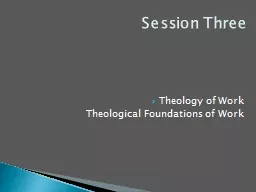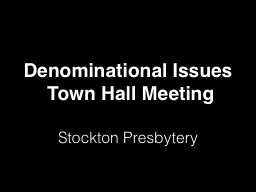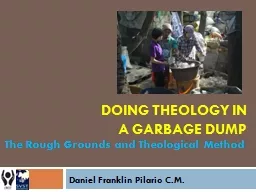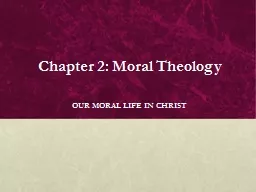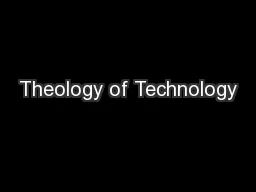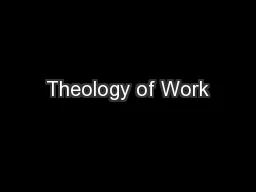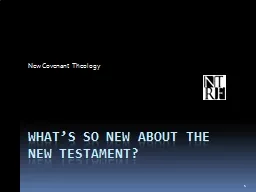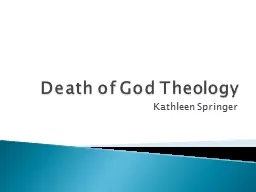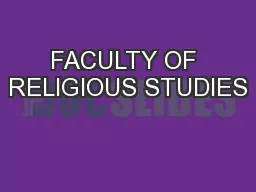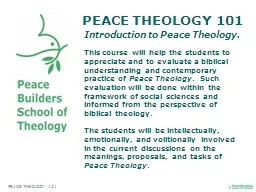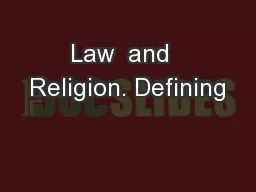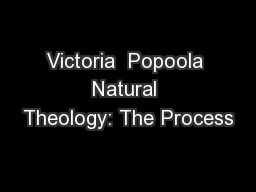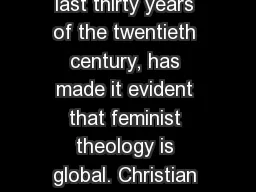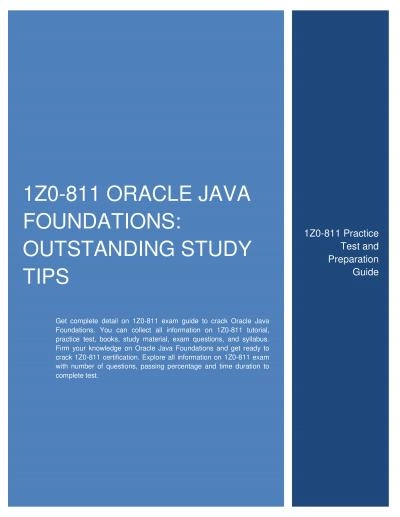PPT-Theology of Work Theological Foundations of Work
Author : briana-ranney | Published Date : 2018-03-06
Session Three In this session we will learn the following What changed because of the Fall Redeeming Work The Three Dimensions of Evil Acquiring the Christian Worldview
Presentation Embed Code
Download Presentation
Download Presentation The PPT/PDF document "Theology of Work Theological Foundations..." is the property of its rightful owner. Permission is granted to download and print the materials on this website for personal, non-commercial use only, and to display it on your personal computer provided you do not modify the materials and that you retain all copyright notices contained in the materials. By downloading content from our website, you accept the terms of this agreement.
Theology of Work Theological Foundations of Work: Transcript
Download Rules Of Document
"Theology of Work Theological Foundations of Work"The content belongs to its owner. You may download and print it for personal use, without modification, and keep all copyright notices. By downloading, you agree to these terms.
Related Documents

